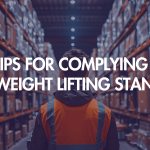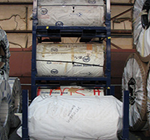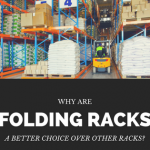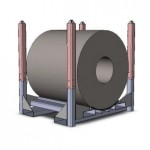How to Choose the Right Roll Racking System?
Choosing the right type of racking solution to store your rolls is integral to properly managing your inventory. This in turn streamlined the functioning of your organization. The racking system should allow easy access, tracking, and visibility. It should maximize the storage space without overcrowding the warehouse.
Factors to Consider When Buying Roll Racks
The following factors should be determined before meeting with roll rack manufacturers and distributors:
- Rack Type
A variety of different roll racks is available in the market. The specifications of the rack will change depending on the industry and type of product being stored. You may have several design options on the type of rack depending on your requirements. - Rack Size
What is the average size of rolls being stored in your racks? Do the sizes vary greatly? If you have various sizes of rolls being stored, consider building racks of different sizes. The value of warehouse space and truck trailer weight/ space is an important factor. - Shelf Depth
This will depend on your product as well as the warehouse space. If the warehouse space is too small, you will have to rethink the number of aisles and spacing between them. If you have fewer aisles, automatically the need for stacking may offer cost savings. - Weight Capacity
The weight endurance capacity of a rack holding steel coils will be much higher than that of a rack holding paper rolls. The material and make of a rack will vary depending on the product stored. When deciding on the height and capacity of a rack, calculate the total weight of the rolls that will be stored in the rack. Ensure that the rack can hold this weight easily. - Certifications
Many organizations require their products to be certified by a certain body. Check if your roll rack manufacturer provides the compliant products. You can consider checking the manufacturing and testing procedures to see if they are in line with the regulations. - Extra Features
Look at extra features that will be needed in accordance with your location, industry, or product requirements. For example, if your warehouse is located in an earthquake prone area, you will need to develop a roll rack design accordingly.
By deciding on the features and specifications of your industrial roll rack in advance, the time spent sorting these details out with your manufacturer will be reduced. With the basic details in place, it allows you time to optimize the current systems. With a crystal clear approach, the designer will be able to provide you with additional features that will help you increase the efficiency of your racking system.
About The Author












